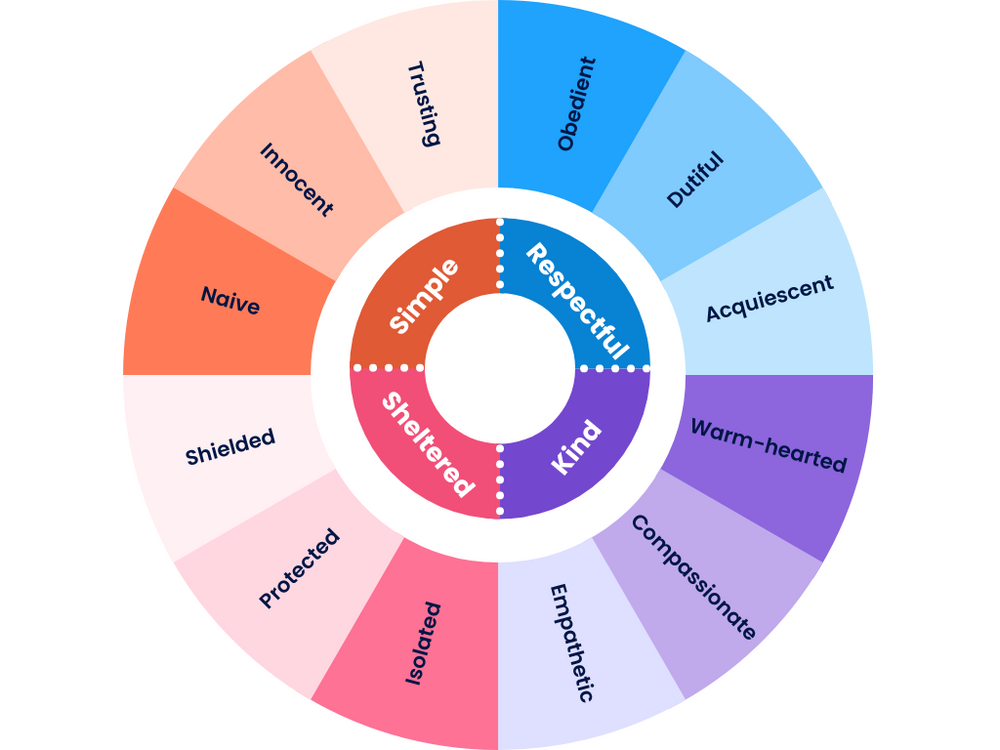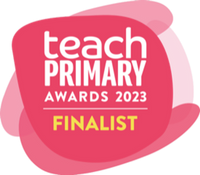The challenge of comprehension
One of the defining features of an educated individual is their ability to create understanding from the texts they read. In schools, we need our learners to engage with and understand the nuances of increasingly complex academic texts, whilst at home we wish to impress upon them the value of reading for pleasure, in whatever form that takes. For many of us in the classroom, it is one of the most affirming aspects of our job as teachers; if we can inculcate a love of reading then we will empower our students to embark upon an intellectually and spiritually enhanced life beyond the school gates. If only it were that simple.
Consider the following text, in which an infamous protagonist is introduced to year 10 English students all around the UK.

Scrooge's introduction
I’m sure many of us will recognise the voice of Charles Dickens in his 1843 text A Christmas Carol, studied by thousands of GCSE English students every year in preparation for assessments with numerous exam boards. But how many words from this passage is it reasonable to expect a 14/15 year old to confidently know and understand?
The text is awash with vocabulary that is niche (gait, rime), requires an understanding of historical associations (grindstone), requires an understanding of literary/metaphorical associations (dog-days), or imbued with a connotative depth that a dictionary definition couldn’t hope to impart (sinner).
I shudder when I think back to my teacher training year when I read this passage to my first group of GCSE students. Confidently checking for comprehension after reading, I asked the room to tell me what the character was like. The only answer I got was a bemused girl on the front row saying “that was supposed to be about a character?”
A limited vocabulary makes reading comprehension difficult
Research can support us in understanding this response. According to several studies, including Laufer (1989), Hu and Nation (2000), and Schmitt et al. (2011), comprehension requires mastery of approximately 95% to 98% of the words readers encounter in a text. In other words, readers need to know at least 95% of the words in a text to ensure comprehension. Here’s what 95% comprehension of this extract from A Christmas Carol looks like (the redacted words represent words that are unknown to the reader):

95% vocabulary comprehension
Through inference and a bit of guess-work, we can find just about enough grounding in the text to create the understanding that a character by the name of Scrooge is being offered to us as a fairly unpleasant man. But what happens when comprehension drops below 95%? The following is what 75% comprehension might look like:

75% vocabulary comprehension
This is something like the experience of those year 10s I was working with many years ago. It’s easy to see why they felt confused, disoriented and insecure in their understanding.
The Link between Vocabulary and Reading Comprehension
What I hope the Dickens example illustrates is the link between vocabulary and reading comprehension; the extent to which a reader knows the word meanings directly enhances or reduces comprehension. Find more information on this in our blog, the the influence of vocabulary on reading comprehension.
But reading of this sort, in an English classroom, must go beyond mere comprehension. What those students are ultimately working towards isn’t just reading for its own sake, it is reading within a particular discipline - in this case English Literature - which requires higher level and domain specific skills such as inference, interpretation, analysis, critique, not to mention the ability to situate the text in a particular historical, social and political context.
For this reason, it might be useful to conceptualise reading as an activity on two levels. The first involves the extraction of literal meaning from a text, but the second requires far more advanced thinking. It is at this second level that the text becomes integrated with the reader’s existing schema and they begin to consider the text alongside what they already know about the topic to arrive at something we might call meaning construction.
The two levels are of course inextricably linked. Effective word recognition may take place on the level of simple comprehension, but it is what allows for reading to become automated and fluent, allowing working memory and attentional resources to be directed at those higher order, domain-specific skills that teachers and students - and exam boards - really care about.
Put another way, in order to arrive at the conclusion I desired from that first year 10 GCSE class, namely that Dickens is constructing a cartoonishly villainous and callously misanthropic character for the reader to enjoy despising, they needed space in their minds to undertake the inferential thinking. Space that simply wasn’t there as they grappled with too many unfamiliar (and therefore cognitively demanding) new words.
The Importance of Explicit Vocabulary Instruction
We know that vocabulary understanding is essential for reading comprehension, so how do we go about ensuring that our learners are given the best chance?
Research over the last 25 years has repeatedly reported that teachers should provide students with: explicit vocabulary instruction; repeated exposures to new words; sufficient opportunities to use words in activities such as discussion and writing; and strategies to help determine word meanings independently (Farstrup & Samuels, 2008).
In his seminal work on the topic, researcher Robert J. Marzano proposed six steps to effective vocabulary instruction:
- Provide a description, explanation, or example of the new term.
- Ask students to restate the description, explanation, or example in their own words.
- Ask students to construct a picture, symbol, or graphic representing the term.
- Engage students in activities that help them add to their knowledge of the terms in their notebooks or journals.
- Periodically ask students to discuss the terms with one another.
- Involve students periodically in games that enable them to play with the terms
There is no easy solution to the problem of supporting word-poor students in accessing challenging academic and literary texts, but approaches such as Marzano’s offer us a research-informed route towards addressing the vocabulary gaps that exist in our classrooms.
Three practical strategies to use in the classroom tomorrow
Etymology Detectives:
Foster word consciousness by giving etymological ‘clues’ about key words you will be using in the lesson. Use learner responses as a way of modelling the process of ‘puzzling out’ unfamiliar words.

Etymology Detectives
Synonym Wheels:
Encourage precision in word choice and strengthen semantic connections between words by leading the class through a discussion of synonyms to label a particular idea or concept. The following example explores the character of Miranda in Shakespeare’s The Tempest.

Synonym Wheel
Questioning Vocabulary:
Encourage students to think deeply about words they are learning by placing them in contexts that aren’t quite right. Ask learners to find your ‘errors’ in a series of sentences and watch how they demonstrate the depth of their understanding when asked to explain why a word doesn’t work in a given context.

Questioning vocabulary
How Bedrock can help
Bedrock Learning offers both tier 2 and tier 3 vocabulary curricula, carefully sequenced to include thousands of academic words with high utility across a range of subject domains. The thoughtfully designed learning activities are research-informed and built to maximise learners’ ability to transfer vocabulary to long term memory, enhancing reading automation and fluency and opening up opportunities to engage in higher order reading skills, whatever that looks like in the given subject.





